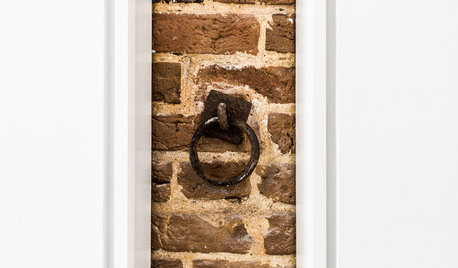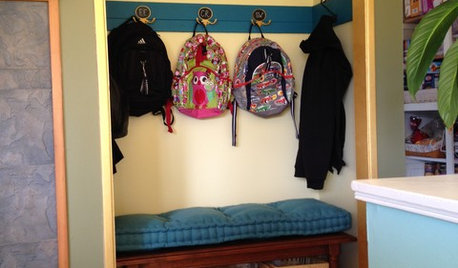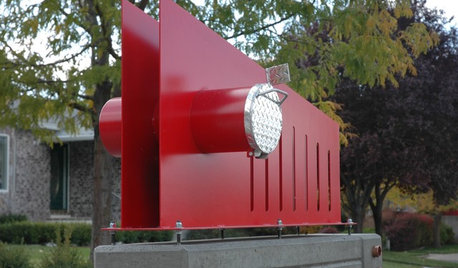Worms like it wetter than I thought...
fisheggs
14 years ago
Related Stories

GARDENING GUIDESHouzz TV: Make a Worm Bin for Rich Soil and Happy Plants
A worm-powered compost bin that can fit under a sink turns food scraps into a powerful amendment for your garden. Here’s how to make one
Full Story
BUDGET DECORATING9 Tricks to Boost Your Home’s Appeal for Less Than $400
Whether you’re redecorating or just doing a quick update, check out these ways to enhance your home on a budget
Full Story
HOUZZ TOURSHouzz Tour: Victorian's Beauty Is More Than Skin Deep
A London home keeps its historic facade but is otherwise rebuilt to be a model of modern energy-efficiency
Full Story
SMALL HOMES28 Great Homes Smaller Than 1,000 Square Feet
See how the right layout, furniture and mind-set can lead to comfortable living in any size of home
Full Story
BEFORE AND AFTERSA ‘Brady Bunch’ Kitchen Overhaul for Less Than $25,000
Homeowners say goodbye to avocado-colored appliances and orange-brown cabinets and hello to a bright new way of cooking
Full Story
LIFEYou Said It: ‘Rather Than Remove Them, They Framed Them’
Design advice, inspiration and observations that struck a chord this week
Full Story
FEEL-GOOD HOME9 Ways to Boost Your Home’s Appeal for Less Than $75
Whether you’re selling your home or just looking to freshen it up, check out these inexpensive ways to transform it
Full Story
FIREPLACESRumford Fireplaces Are Hotter Than Ever
Higher efficiency and good looks are leading homeowners back to this 18th-century fireplace design
Full Story
MUDROOMSFrom Coat Closet to Mudroom for Less Than $300
Clever DIY moves give a family of 5 the drop-off space they needed
Full StorySponsored
More Discussions







sbryce_gw
fisheggsOriginal Author
Related Professionals
Carlisle Landscape Architects & Landscape Designers · Finneytown Landscape Architects & Landscape Designers · Brooklyn Park Landscape Contractors · Dunwoody Landscape Contractors · Hannibal Landscape Contractors · Hayden Landscape Contractors · Hollywood Landscape Contractors · Lemoore Landscape Contractors · North Ridgeville Landscape Contractors · Sugar Hill Landscape Contractors · Washington Landscape Contractors · Los Lunas General Contractors · Markham General Contractors · Pine Hills General Contractors · Riverdale General Contractorsrom.calgary.ab
sbryce_gw
joe.jr317
11otis
fisheggsOriginal Author
rom.calgary.ab
Shaul
sbryce_gw
Sandra Tran
borderbarb
equinoxequinox
sbryce_gw
equinoxequinox
sbryce_gw
marauder01
maryld_gardener
fisheggsOriginal Author